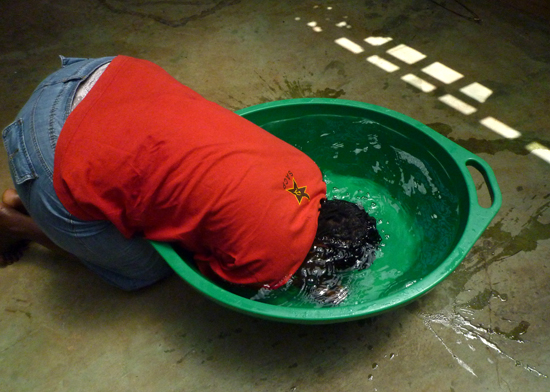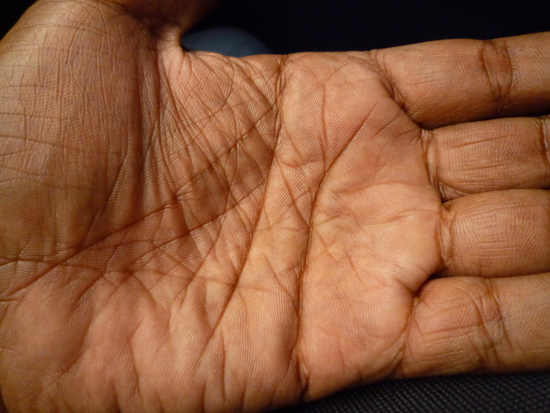

Marika Tsircou’s oil paintings feature circle shapes painted in bright, vivid colors. Strewn across the canvas are different textures, a technique meant to tempt viewers to touch the painting, she said.
Tsircou’s artwork used to be about fashion. Now, her focus is on pain.
The repetitive circular shapes reference drug pills, said Tsircou, a professional artist living in Los Feliz. The painting is part of a series, titled “Candy Pill,” which is about Tsircou’s experience of being overprescribed with medications that did not cure her chronic pain.
Tsircou has degenerative disc disease, a condition affecting the structure and function of the spine.
The disease went undiagnosed for 11 years. In three of those years, she saw 25 doctors who prescribed her for many types of pain killing drugs, she said.
“Doctors handed out pills like candy. In the (art) series, I used vibrant colors to reference the colors of candy,” Tsircou said.
There was a chance that she could have become addicted to her many prescriptions, though none of them helped to fix her chronic condition, Tsircou said.
“My work is about awareness about pain, trying to bring awareness to people who don’t realize what it’s like to have such health problems,” she said.
Tsircou’s work, along with the work of 12 other artists, is on display until Friday in the Louise M. Darling Biomedical Library in an event called “Sick in the City.”
The event is a part of Global Health Awareness Week. It aims to bring urban public health issues to light through the use of visual and performance art, said Christina Batteate, a coordinator of Global Health Awareness Week and a first-year graduate student in public health.
The event is one of three during the week that seeks to promote public health awareness through art. The second event, called “Through Positive Eyes,” is a photography project at UCLA which aims to challenge stigmas surrounding those living with HIV.
The third event is a photography project held at USC called “A Focus on Global Health: Public Health through a Public Diplomacy Lens.” The project looks to put global public health issues in the context of public diplomacy.
Using visual and performing art to convey messages about public health appeals to a wide variety of audiences, Batteate said.
“Using art to communicate health is a way that is non-discriminatory. You don’t have to be a medical student to intuitively understand a painting or photograph,” she said.
Creating art to motivate others to take action against public health problems is what interests Teresa Young, an artist from Pasadena whose work will also be featured in the event.
Young, a cinematographer, has an ongoing series of videos highlighting pollution problems in the San Gabriel River east of Los Angeles County.
The pollution flows into the Pacific Ocean, and is a threat to fish and other wildlife, Young said. It also poses a threat to the health of communities living by the river, she said.
Young aims to show viewers how to see health and medicine from a standpoint that is not based on statistics and facts.
“This art should grab you to look at science in a different perspective. It grabs you to look at medicine in a different perspective,” she said.
